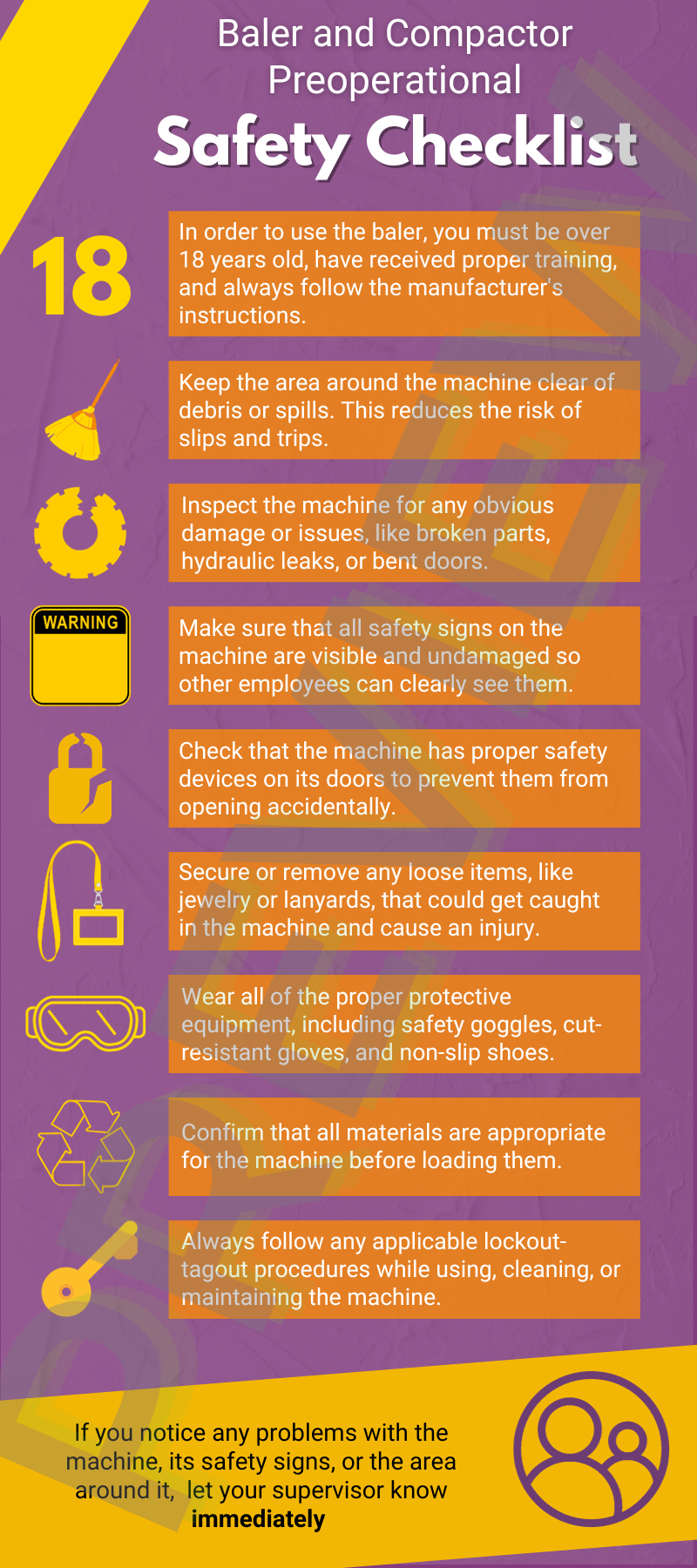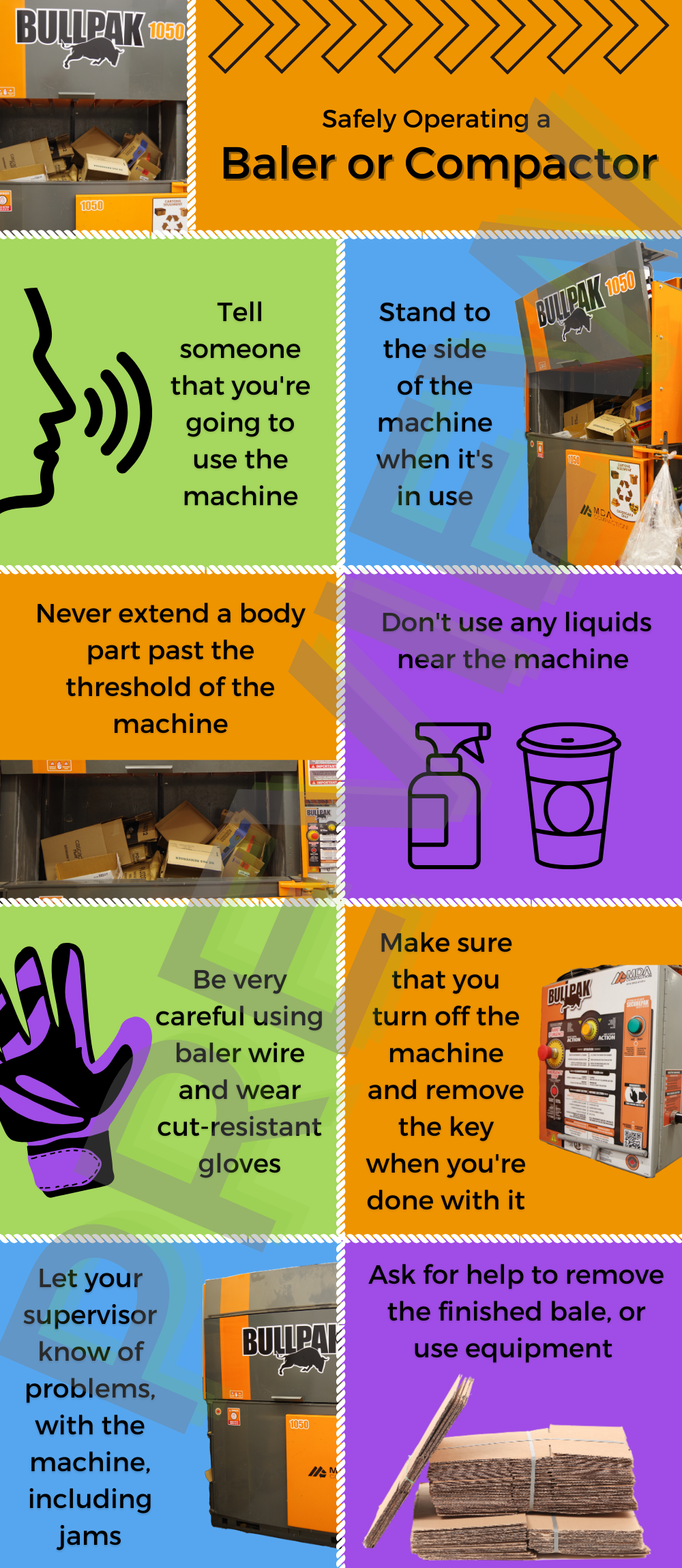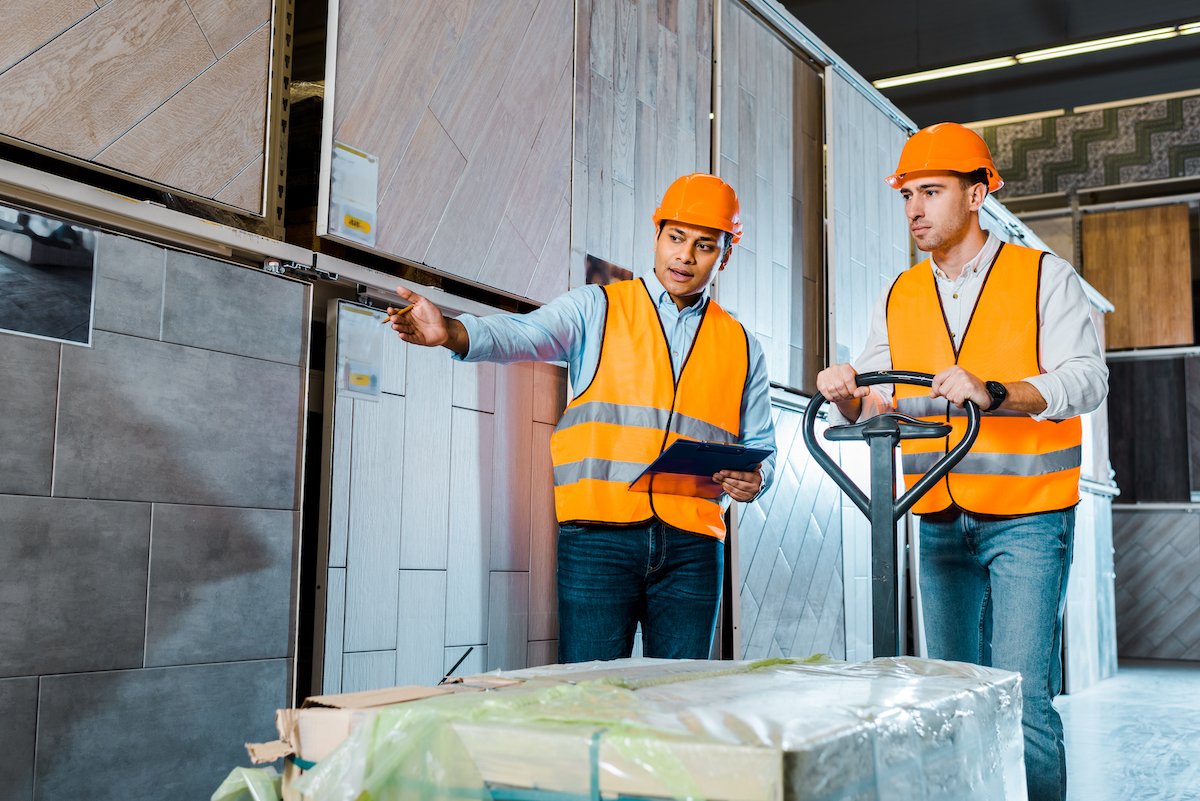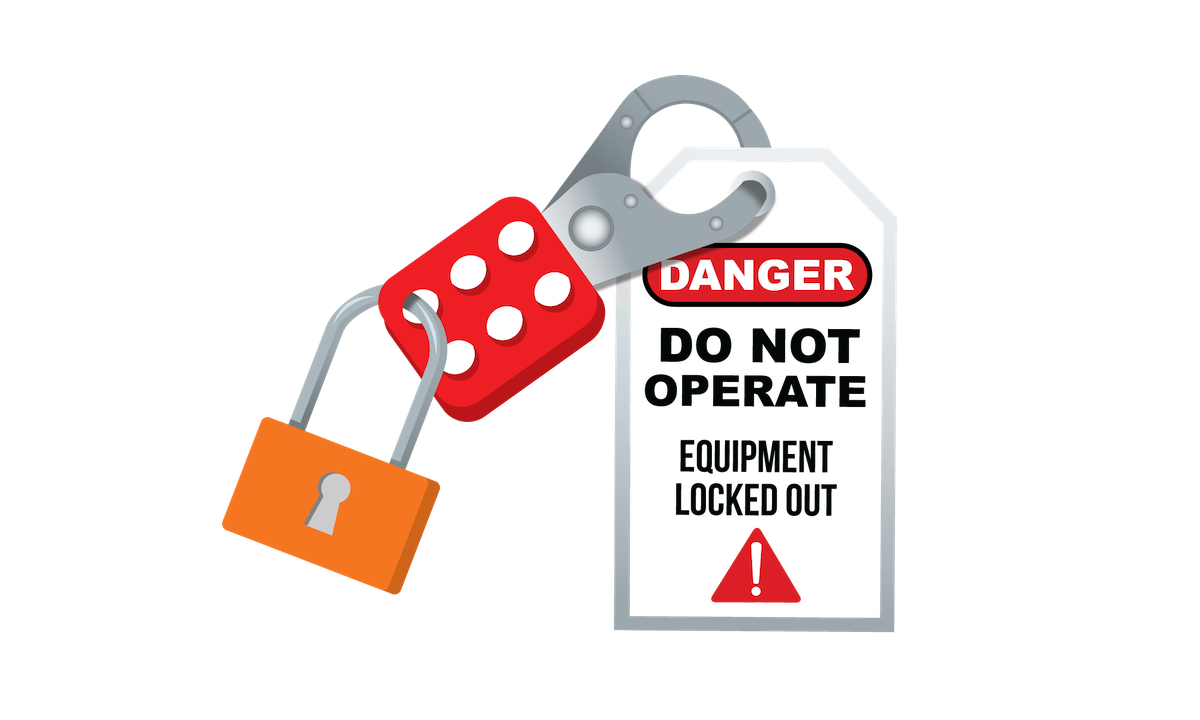Baler and Compactor Safety 🌎
Languages: English, French, Spanish (North America)
Media Editing: This subject does not contain any editable media.
Description: Balers and compactors are useful pieces of machinery that are frequently operated to properly dispose of garbage and recycling. However, they are powerful and can cause serious injury if they're not used properly. This subject will teach learners how to make sure that a baler or compactor is ready for operation and check that the area around the machine is free of hazards. Learners will also be taught the operational steps for correctly using a compactor or baler, so they can perform these skills safely on the job.
Languages: English, French, Spanish (North America)
Media Editing: This subject does not contain any editable media.
Description: Balers and compactors are useful pieces of machinery that are frequently operated to properly dispose of garbage and recycling. However, they are powerful and can cause serious injury if they're not used properly. This subject will teach learners how to make sure that a baler or compactor is ready for operation and check that the area around the machine is free of hazards. Learners will also be taught the operational steps for correctly using a compactor or baler, so they can perform these skills safely on the job.
Languages: English, French, Spanish (North America)
Media Editing: This subject does not contain any editable media.
Description: Balers and compactors are useful pieces of machinery that are frequently operated to properly dispose of garbage and recycling. However, they are powerful and can cause serious injury if they're not used properly. This subject will teach learners how to make sure that a baler or compactor is ready for operation and check that the area around the machine is free of hazards. Learners will also be taught the operational steps for correctly using a compactor or baler, so they can perform these skills safely on the job.
Topics
Preoperational Baler and Compactor Safety Precautions
-
While balers and compactors are used frequently on the job, they both have the potential to be very dangerous. In this topic, we’ll cover how to set up the baler or compactor and the area surrounding it to help reduce the risk of injury to yourself and your co-workers. This includes learning how to inspect the machine, when to request assistance, and making sure that you are wearing the correct personal protective equipment (PPE).
-
Questions (level 1, 2, 3)
PDF module (This module was created in a tool that is not supported by our Content Studio offering.)
-
Translated content is typically AI-generated, and in some instances, it's been human-reviewed. Review the list below for translation details within this topic.
English
French
Questions = AI-translated
PDF = AI-translated
Spanish
Questions = human-translated
PDF = AI-translated
-
Any employee who uses a baler or compactor must be properly trained in its operation, be at least 18 years old, and follow all manufacturer’s instructions to avoid potential injuries.
Ensure that the floor and area around the machine is clear of hazards or spills while preparing to operate the baler. This helps to make sure no one falls or hurts themselves around the baler or compactor.
Carefully inspect the baler or compactor for obvious problems, such as broken door locks, damaged doors or controls, or any hydraulic leaks. Any of these problems could result in injury to you or a co-worker.
While inspecting the machine, check that all safety signs are visible and undamaged. If they are not visible or are damaged, tell your supervisor so you can help reduce the risk of accidents.
If you notice any issues with the baler or compactor while you are inspecting it, immediately alert your supervisor and do not use the machine.
Make sure the door of the baler or compactor has safety devices to prevent the machine from opening while it’s in use and potentially causing injury.
Secure or remove any personal items that might fall into or be caught by the baler or compactor, so you lower your risk of injury.
Before operating a baler or compactor, put on all appropriate personal protective equipment (PPE), including non-slip shoes, cut-resistant gloves, and safety glasses. This will help protect you against potential injuries from the machine.
Make sure all the materials you plan to put into the baler or compactor are appropriate for the machine, otherwise the bale might get stuck or not be disposed of properly.
When using, cleaning, or maintaining the baler or compactor, follow all relevant lockout and tagout procedures to make sure the machine doesn’t start unintentionally.
Preview of PDF module for “Preoperational Baler and Compactor Safety Precautions”.
Safely Operating a Baler or Compactor
-
Once you’ve taken the necessary steps to keep yourself and others safe, you’re ready to use a baler or compactor. However, while you operate the machine there are still several hazards that should be avoided. In this topic, you’ll learn best practices for the operation of balers and compactors that will help reduce the risk of injury to you or a co-worker, including how to handle jams and remove the finished bale safely.
-
Questions (level 1, 2, 3)
PDF module (This module was created in a tool that is not supported by our Content Studio offering.)
-
Translated content is typically AI-generated, and in some instances, it's been human-reviewed. Review the list below for translation details within this topic.
English
French
Questions = AI-translated
PDF = AI-translated
Spanish
Questions = human-translated
PDF = AI-translated
-
Before you start to operate the compactor or baler, tell someone that you are about to use it, so someone is aware and able to help if there is a problem.
Stand to the side of the compactor, not in front of it, and keep the opening clear of people to help avoid accidents while it’s in use.
If there are any problems or a jam occurs while you are using the baler or compactor, stop using the machine, turn it off if it’s safe to do so, and let your supervisor know.
Never place any body part past the threshold of the baler or compactor, particularly while it’s active, to prevent that part from being caught or injured by the machine.
Never use any liquids near the baler or compactor or its electrical panel to help avoid potential accidents that could cause injury or damage to the machines.
Make sure you fully turn off the baler or compactor and remove the key as soon as you are done using it so that the machine doesn’t start accidentally.
Be cautious when using baler wire because it has sharp edges that can easily cut you and cause serious injury.
Ask for a co-worker’s help or use the necessary equipment to remove the finished bale from the machine to avoid causing you or others injury.
Preview of PDF module for “Safely Operating a Baler or Compactor”.








